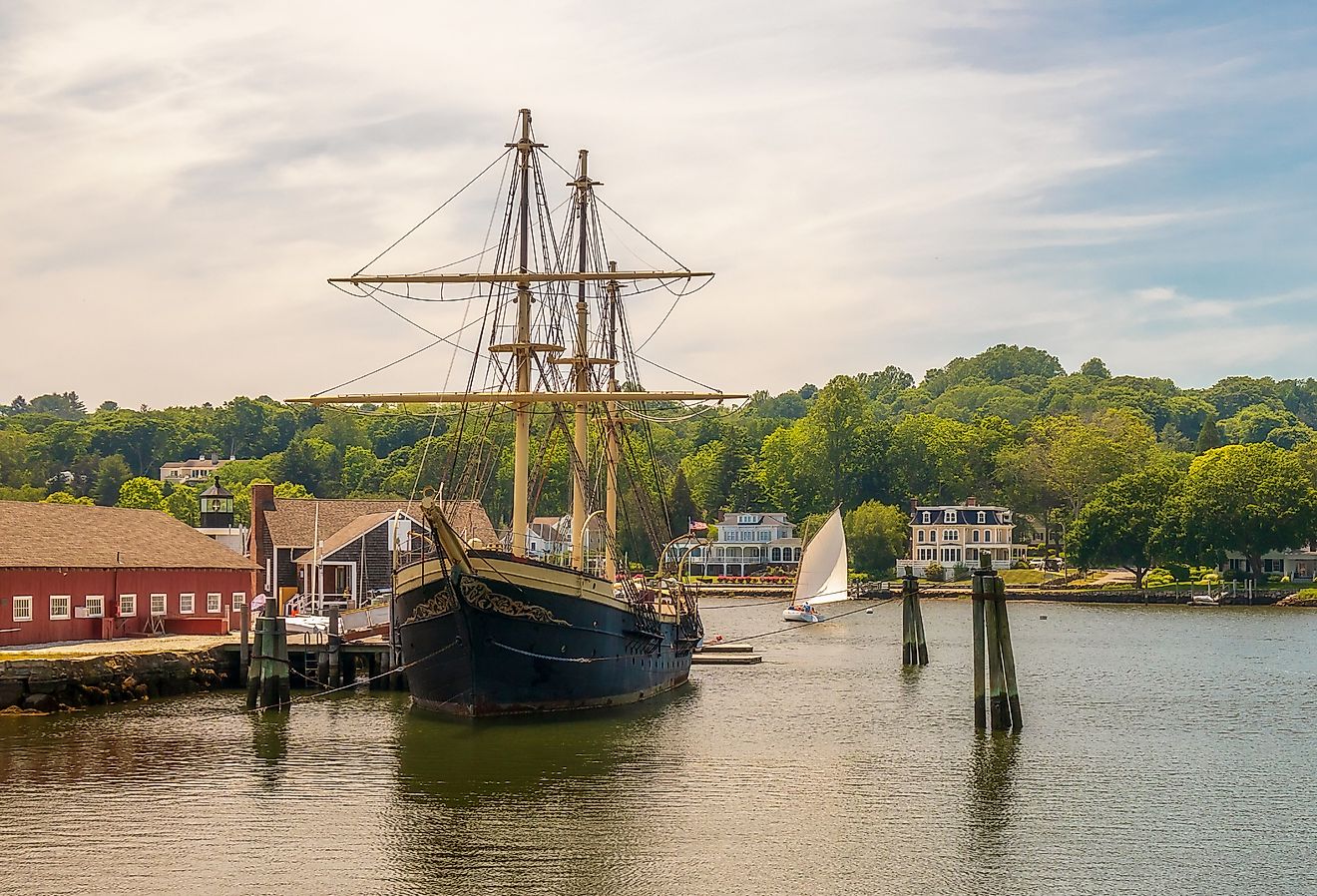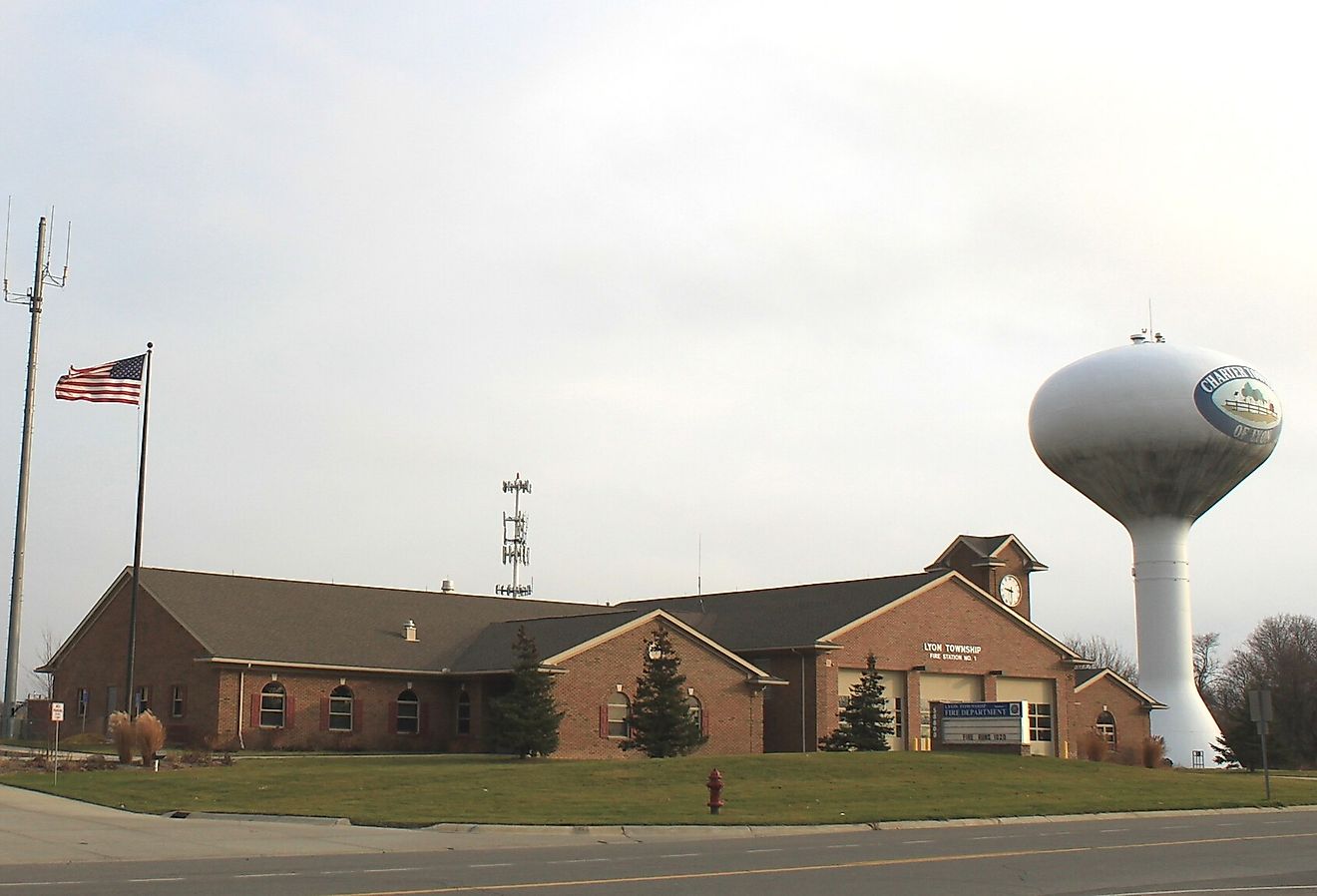UNESCO World Heritage Sites In Mali

Mali is a country with rich tradition of ancient civilization, that was highly influenced by the spread Islam in the 15th and 16th centuries. Today much of that ancient influence is visible through sites and properties that have stood for centuries. Their rich history has made UNESCO recognize them as World Heritage Sites.
The four World Heritage Sites In Mali
Bandiagara Cliff and Land of the Dogons
Bandiagara Cliff, Land of the Dogons is a 400,000 hectare UNESCO World Heritage Site in Mali that has 289 villages spread out in three natural regions. The regions have sandstone plateau, escarpments and plains covered by cliffs and plateau. The Bandiagara Cliff, Land of the Dogons site is inhabited by the Dogon tribe who are steeped in sacred rituals and traditions. The site has been in existence since the 15th century, and served as a fortress for the Dogon tribe to protect itself from invaders, according to UNESCO. The Bandiagara Cliff, Land of the Dogons is set on a plateau and hangs to cliff faces. That terrain historically enabled the Dogon to preserve their centuries old culture and traditions, due to this defensive buffer. Since the 18th century when Islam and Christianity took hold there, it began increasing the vulnerability of the site in combination with globalization, and cultural tourism. Under the laws of Mali the Bandiagara Cliff, Land of the Dogons site is under protected status. As a living site, it still has communities living there and was designated a UNESCO World Heritage Site in 1989.
Djenne Old Towns
Djenne Old Towns is a cultural property designated in 1988 as a UNESCO World Heritage Site, and has four archaeological sites. These sites on are Djenné-Djeno, Hambarkétolo, Kaniana, and Tonomba, and together with modern day Djenne town, they occupy 48.5 hectares. The town with heavy Islamic architecture is one of the oldest in Sub Saharan Africa. It’s also 570 kilometers north-east of Mali’s capital Bamako. Since 250 B.C, Djenne, has been inhabited and served as a market centre, and a trans-Saharan gold trade link. In the 15th and 16th century, it served as a hub for Islamic propagation according to UNESCO. There are almost 2000 traditional houses dotting the Djenne Old Towns. The houses are built on hillocks to shield them from seasonal floods. Excavations carried out in 1977, 1981, 1996 and 1997, revealed human history dating back to 3rd Century B.C. Remains that were found include funerary jars, pottery, millstones, statuettes, grinders, metal scoria, and others. Through the heritage laws of Mali, the Djenne old towns are under protection. According to UNESCO the town property is vulnerable to urbanization and environmental threats like leaching, erosion, and gullying in bad weathers.
Timbuktu
Designated as a World Heritage Site in 1988, Timbuktu City is regarded as the intellectual and spiritual capital of Africa’s Islamic propagation in the 15th and 16th centuries, and an economic hub. This city at the Sahara desert gateway was founded in the 5th century. Timbuktu is home to the Koranic Sankore University, and three big mosques - Djingareyber, Sankore and Sidi Yahia plus a series of Islamic schools (madrasas). When Islam was spreading, Timbuktu had 180 Koranic schools with 25,000 students. It also served as a market place where Islamic manuscripts, salt, gold, cattle, and grain from other regions were traded, according to UNESCO. The three big mosques have an earthen architecture, and historically have undergone various rebuilding and restoration measures from the 1400 to 1583. According to UNESCO urbanization today threatens the ancient authenticity of Timbuktu. Still the three big mosques have retained their ancient architecture by maintaining the traditional construction techniques. Timbuktu’s ancient civilization is protected by the government and international law, though flooding in recent years, has caused destruction of libraries there.
Tomb of Askia
Designated as a UNESCO World Heritage Site in 2004, the 17 meter pyramidal structured tomb of Askia, is located in Gao town. This mud tomb named after Askia Mohammed the Emperor of Songhai, was built in 1495, and has wooden spikes protruding from it. Its site has two flat roofed mosques, cemetery, the necropolis, and a white stone square. The tomb of Askia’s construction was commissioned by the Emperor of Songhai as testament to the power and riches of his empire, which dominated the 15th and 16th century. Today, it reflects the ancient mud building traditions of the West African Sahel. At the time of its construction, Gao became the empire’s capital, and Islam was adopted as the official religion, according to UNESCO. The empire controlled the trans-Saharan trade of salt and gold. The prayer rooms, cemetery and assembly space are still used today. The tomb of Askia today is fully intact and unspoiled; it belongs to the State which protects it through an association created in 2002, by the Prefect of Gao, to manage it, according to UNESCO.
Threats To The UNESCO World Heritage Sites In Mali
In recent years the four vaunted sites have faced threats of destruction from Islamic militants and Tuareg uprisings. That prompted the French army to intervene to protect these sites and Mali as well.In 2016 Ahmad al-Faqi al-Mahdi an Islamic fighter became the first man charged by the International Criminal Court for crimes against a World Heritage Site. This was after he took part in destruction of ancient mausoleums and Sidi Yahia mosque.
UNESCO World Heritage Sites In Mali
| UNESCO World Heritage Sites in Mali | Year of Inscription; Type |
| Bandiagara Cliff and Land of the Dogons | 1989; Natural and Cultural Importance |
| Djenné Old Towns | 1988; Cultural Site in Danger |
| Timbuktu | 1988; Cultural Site in Danger |
| Tomb of Askia | 2004; Cultural Site in Danger |











